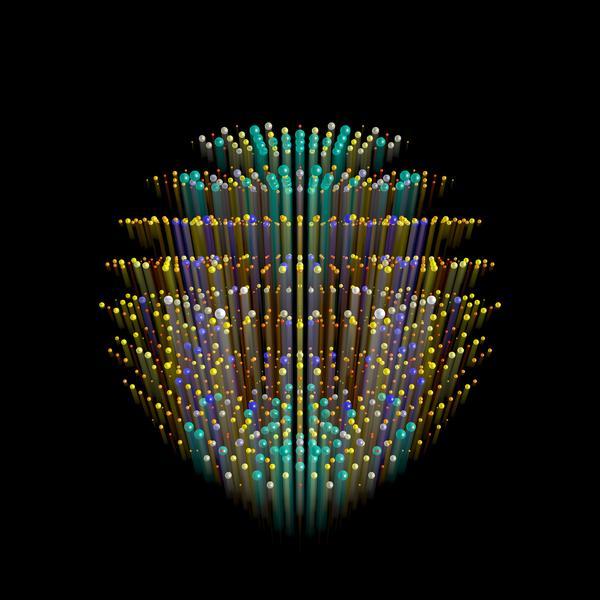LCLS Teams Up with DESY on Shortest X-ray Exposure of a Protein Crystal Ever
from Deutsches Elektronen-Synchrotron DESY
from Deutsches Elektronen-Synchrotron DESY
An international research team headed by DESY scientists from the Center for Free-Electron Laser Science (CFEL) in Hamburg, Germany, has recorded the shortest X-ray exposure of a protein crystal ever achieved. The incredible brief exposure time of 30 femtoseconds (0.000 000 000 000 03 seconds) opens up new possibilities for imaging molecular processes with X-rays.
This is of particular interest to biologists, but can be employed in many fields, explain lead authors Dr. Anton Barty and Prof. Henry Chapman from the German accelerator centre Deutsches Elektronen-Synchrotron DESY. CFEL is a joint venture of DESY, the Max Planck Society and the University of Hamburg.
From X-ray diffraction the molecular structure of proteins can be determined. The shorter the X-ray pulse and the higher its intensity, the better the structural information gained. With the free-electron laser at the SLAC National Accelerator Laboratory's Linac Coherent Light Source (LCLS), the research team fired the most intense X-ray beam at a protein crystal to date: The tiny crystal was bombarded with a whamming 100,000 trillion watts per square centimeter – sunlight for comparison comes in at a mere 0.1 watts per square centimeter on average.
"This way we get the most information out of the smallest crystals", Chapman explains. Having small crystals is important, as especially many biological substances aren't easily crystallized.
Full announcement posted Dec. 19, 2011, on DESY website.
